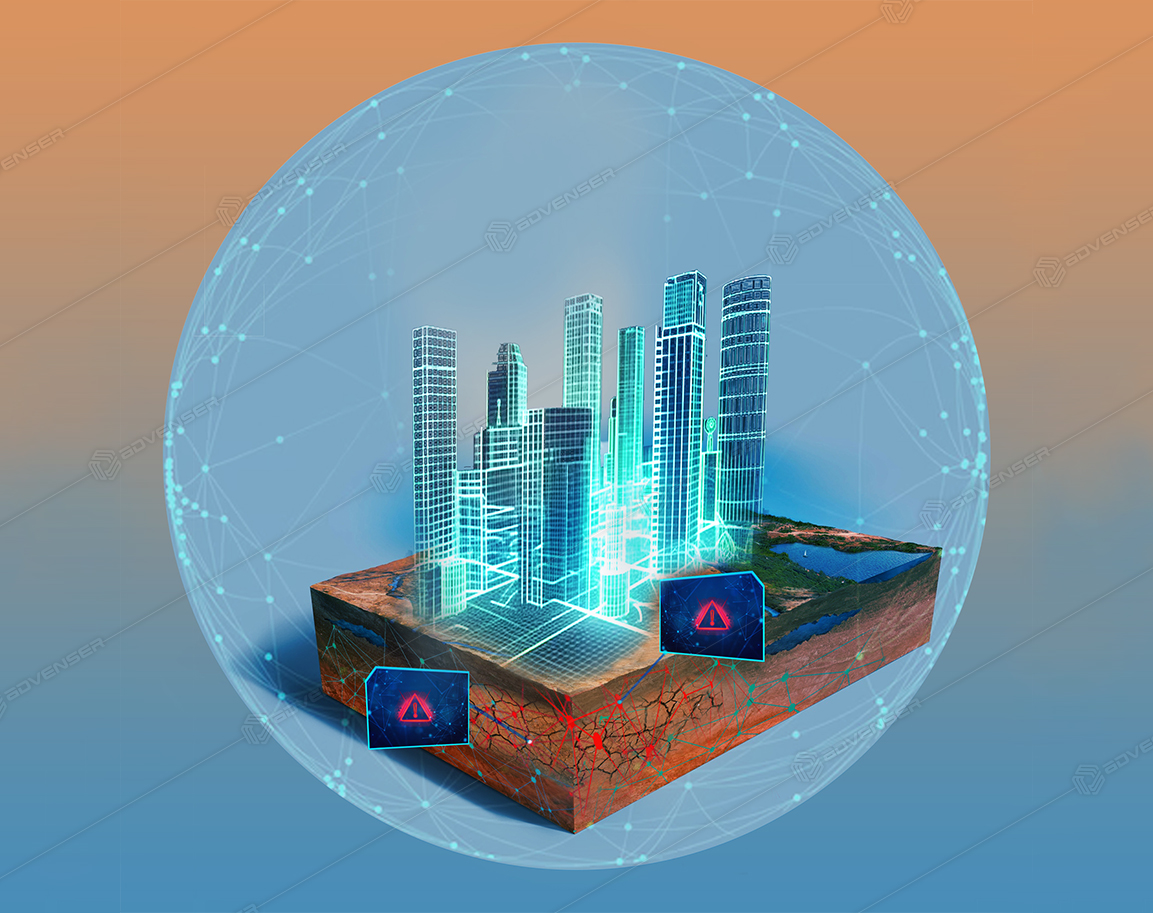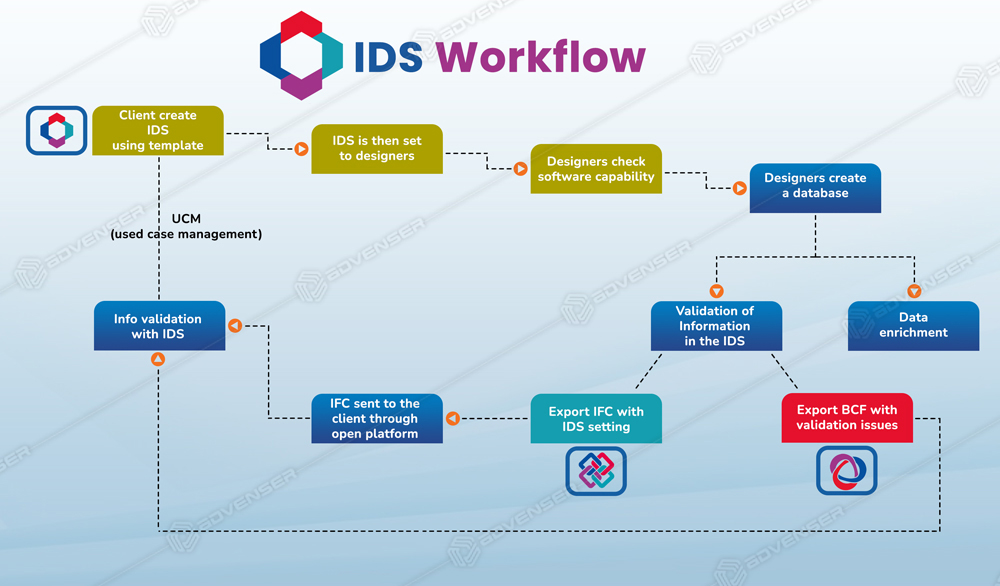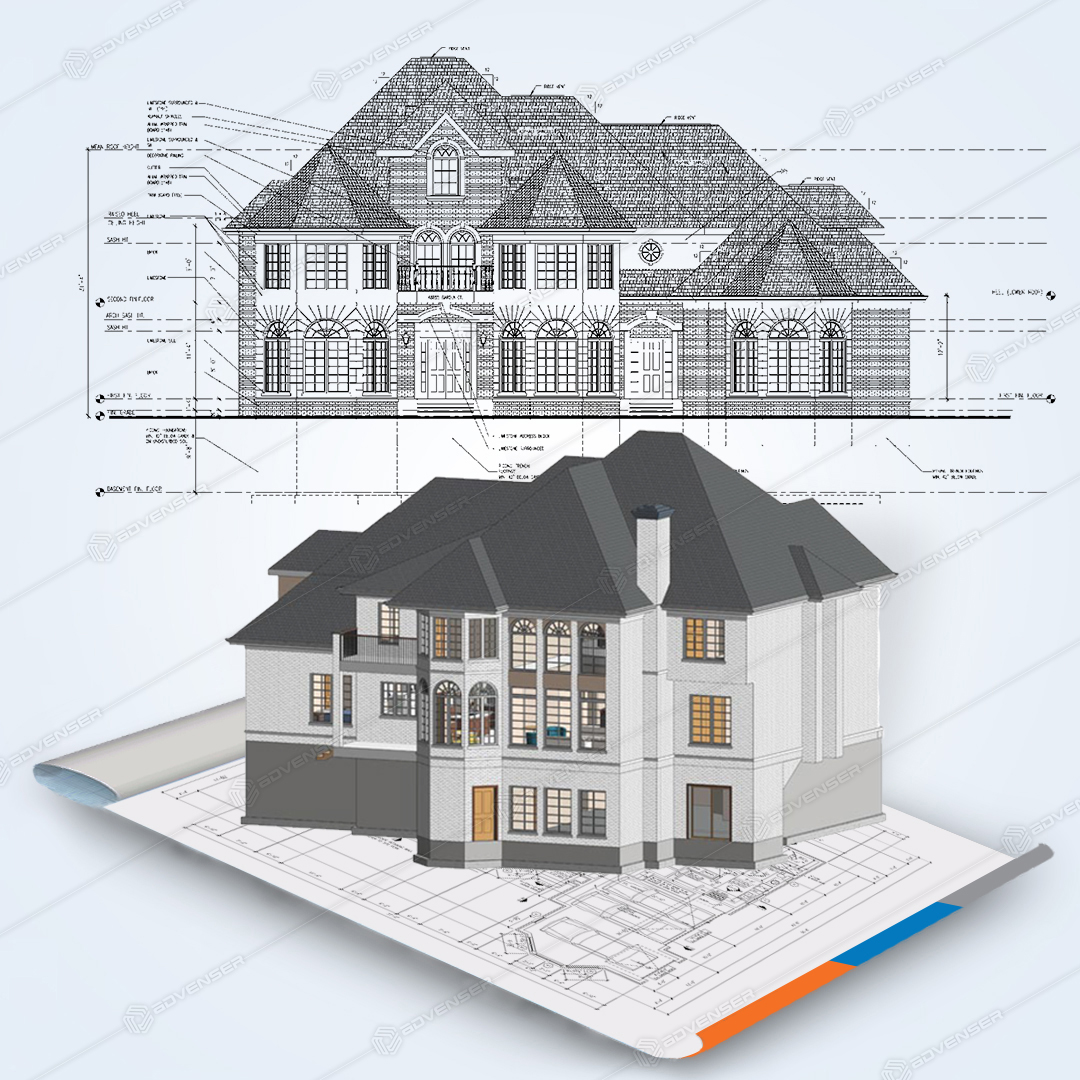In the architecture of a building, the role of façade members is not restricted to just a shell functionality or appealing exterior. In today’s cityscape, façade structure characterizes a building’s distinctiveness, connects it with its surrounding, and meets the need of the hour for energy-efficient, sustainable, green buildings.
The application of BIM is gaining more popularity with the growth of urbanization and the global economy. Building designs are increasingly becoming more complex, competitively reflecting their splendor, uniqueness, and modernity. BIM has a major part to play in this, as it addresses most of the challenges posed by conventional façade design & fabrication processes.
How BIM acts as catalyst for change in Façade engineering?
BIM-based virtual models:
Façade design for complex architecture is a highly specialized engineering task that demands significant investment in human expertise and capital. It is as complex a process as any other building trade such as structural, plumbing, or heating design. Furthermore, Façade engineering involves a higher degree of customization compared to other building engineering trades, as architects involved in façade design tend to use products and systems of multiple manufacturers within a single project. The application of BIM and other advanced technological tools allows a high degree of flexibility in façade design. With new technological advancements and the demand for new materials as well as unique designs, façade engineering has become increasingly complex. Whereas 2D fails to meet the intricate details of dynamic & innovative façade design, BIM overcomes all such challenges with 3D virtual presentability.
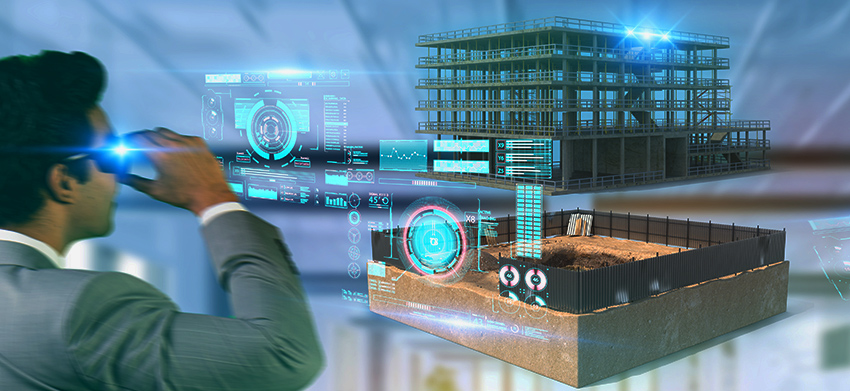
Parametric design and modifications:
Parametric design involves the usage of procedural methods to solve design problems, by creating a set of rules or algorithms to generate a range of solutions. It enables design parameters to be controlled as functional variables. This means multiple design alternatives can be created by simply modifying these algorithms or parameters. Material selection, thermal performance, daylighting, etc can be set as parameters.
Clash detection and resolution:
BIM-based clash detection not only enables early identification and reporting of clashes but also facilitates effective resolution of interferences with other services. This reduces design errors and inconsistencies through smooth collaboration between façade architects and electro-mechanical engineers.
Visual representation:
With a 3D BIM model, it becomes easier for façade architects to visualize and effectively communicate the design to other project stakeholders such as manufacturers, fabricators, and contractors. This helps reduce the possibility of rework.
BIM Documentation and VDC:
The entire documentation process is much swifter and accurate in comparison to traditional CAD drawings. As the façade systems are designed as 3D models, revisions and modifications are easier to implement. Also, BIM coordinated shop drawings & fabrication drawings are beneficial for façade contractors, installers, and building owners for future reference. VDC makes it possible for the project data to be reused and captured throughout the project lifecycle. Information relevant for the entire lifecycle of the façade system such as hardware, accessories, vendor details, etc can be incorporated into the façade BIM model for future use. All of this makes it feasible for performing further analysis and deriving precise quantification.
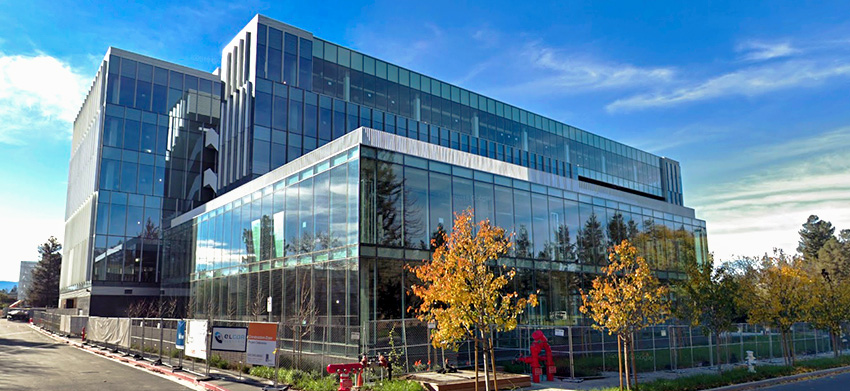
Summarizing the key advantages of BIM-based façade design:
Key advantages of BIM-based façade designs:
3D visualization through BIM, improves communication of intricate façade design details
BIM is the foundation of digital transformation in the AEC industry upon which other innovations have emerged. Façade architects, fabricators, and contractors are exceedingly reaping the rewards of BIM utilization. Overall, BIM enhances not only the technical performance of building envelops, but also improves their profitability, efficiency, and sustainability.



